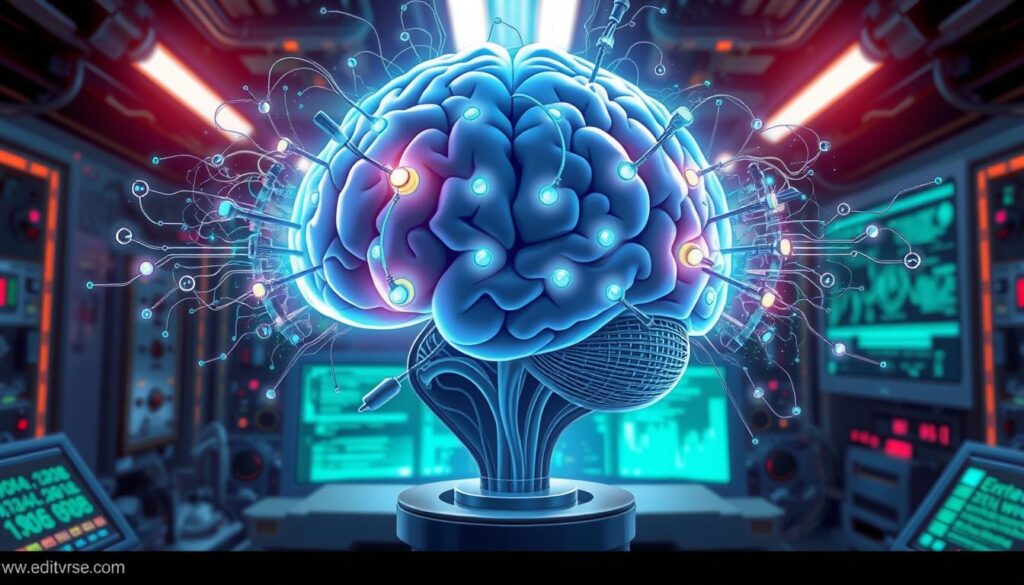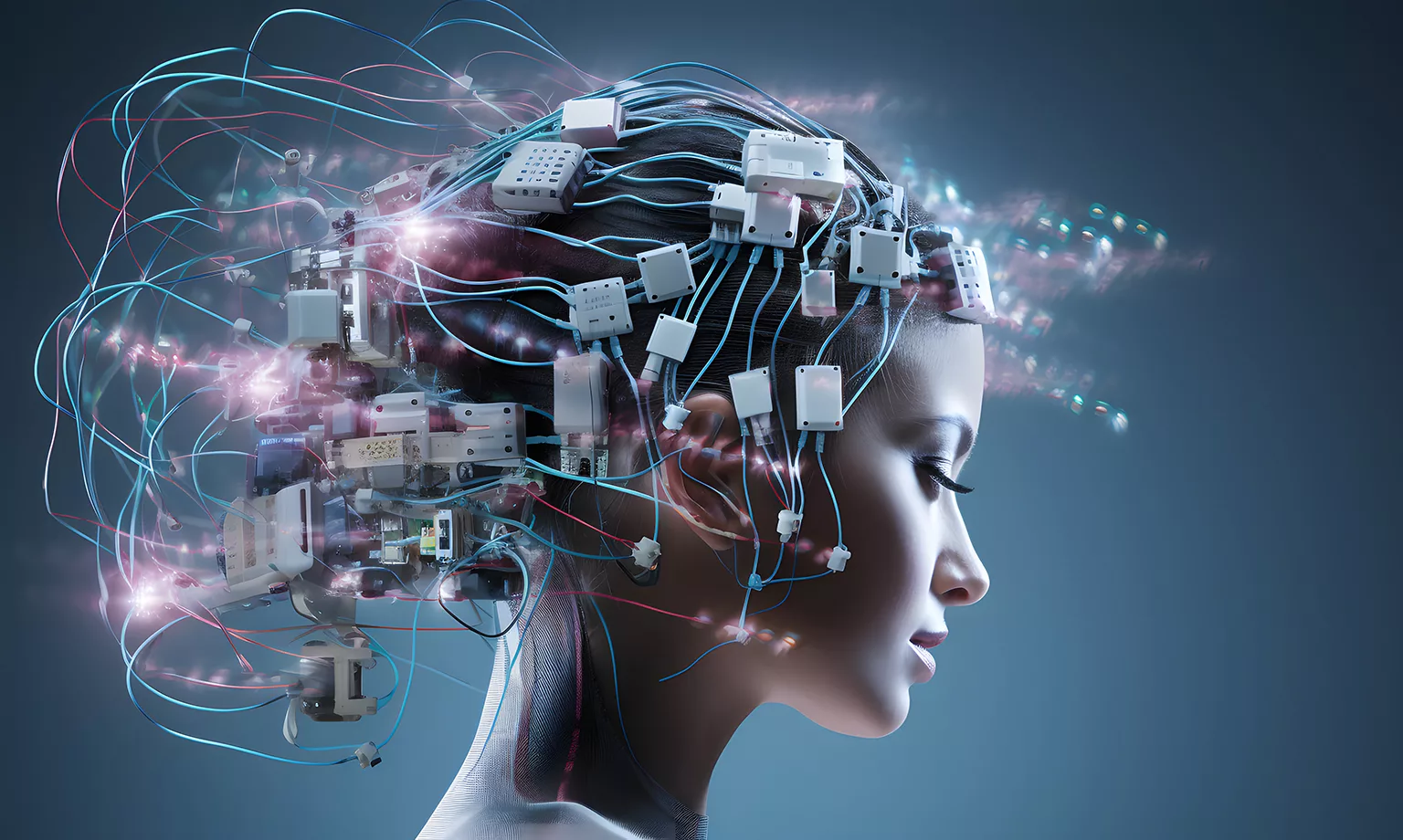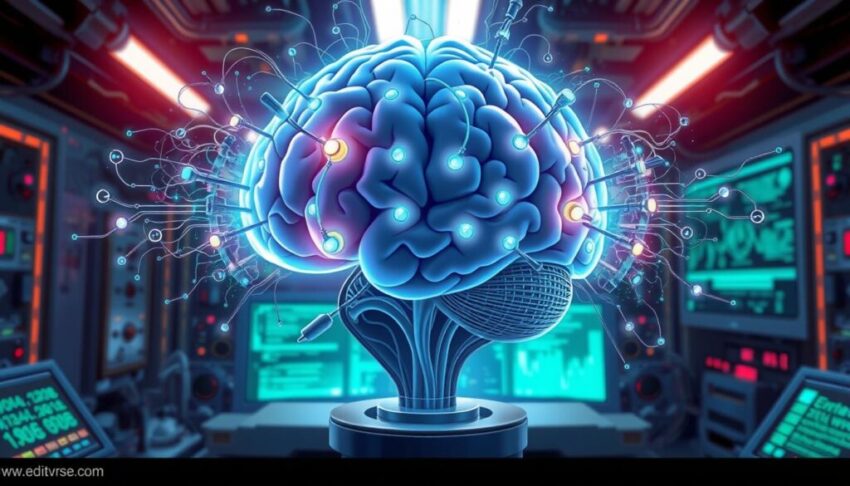
🌐 “NeuroNet 1.0” Launches: The First Commercial Brain-Computer Interface Goes Public
By Ava Lin | Global Tech Journal | March 22, 2028
In a historic leap forward for human-technology interaction, NeuroLink Industries has officially launched NeuroNet 1.0, the world’s first commercial brain-computer interface (BCI) for public use. Unveiled at a global tech summit in Singapore, the technology promises to redefine how people connect, communicate, and compute—directly with their minds.
1. What Is NeuroNet?
NeuroNet is a wearable, non-invasive neural interface device that allows users to control digital devices using brain signals. Designed like a sleek headset, it enables thought-based typing, virtual interactions, and even immersive control of smart environments.
“We’ve moved past the keyboard and touchscreen era,” said Dr. Amir Kaleem, CTO of NeuroLink. “This is the age of mind-powered computing.”
2. Applications Across Every Industry
Early adopters have already begun using NeuroNet in fields like medicine, education, and space exploration. In hospitals, surgeons are performing assisted operations using thought-controlled robotic arms. In schools, students with disabilities now navigate digital textbooks and learning apps using only their thoughts.
NASA has even hinted at plans to test NeuroNet in upcoming missions to Mars, for zero-delay command inputs in space conditions.
3. Neural Internet Access? It’s Here
Perhaps the most game-changing feature is mind-based internet browsing. Users can now search the web, send messages, and manage smart homes entirely through brain signals—no need to speak, type, or touch.
Beta testers described it as “telepathy with the cloud,” noting how intuitive the interface feels after just a few days of use.
4. Security and Ethics in Focus
As expected, NeuroNet’s launch raised concerns about data privacy, mental autonomy, and cybersecurity. NeuroLink has implemented biometric firewalls, decentralized encryption, and brain-signal anonymization layers, but experts call for independent oversight and global BCI ethics standards.
“We’re entering uncharted territory,” warned ethicist Dr. Laila Hammond. “Consent, cognition, and commercialism must be carefully balanced.”
5. Impact on Mental Health & Accessibility
Mental health advocates see massive potential in NeuroNet’s emotional monitoring features, which can detect anxiety patterns and suggest real-time coping tools. For people with ALS, spinal injuries, or locked-in syndrome, it’s a revolutionary communication tool.
“I spoke to my daughter for the first time in five years—through my thoughts,” said Ahmed, a test participant from Jordan.
6. The Rise of ‘Mind Apps’
Tech developers are already rolling out neural apps for everything from meditation to gaming. A startup in Seoul has launched a game where players solve puzzles using visual imagination alone. Meanwhile, a dating app now uses emotional brainwave patterns to match users more authentically.
7. Education Reimagined
Several universities across Europe and Asia are experimenting with NeuroNet classrooms, where students can download course outlines, get real-time quiz feedback, and interact in fully immersive virtual lecture halls—just by thinking.

“This is learning without limits,” said Professor Ling at the University of Tokyo.
8. Jobs of the Future
The global job market is already feeling the ripple. New professions like NeuroUX Designers, Brainwave Coders, and Cognitive Cybersecurity Analysts are emerging, with companies racing to recruit top neural tech talent.
9. Global Rollout Timeline
NeuroNet is available for purchase in 12 countries, including the U.S., Japan, Germany, and the UAE. It’s expected to reach 100 million users by 2030, with a more affordable model planned for emerging markets next year.
10. The Future Is Inside Your Mind
While skepticism remains, there’s no denying the cultural shift underway. NeuroNet has opened the door to a world where humans and machines work together not through clicks or swipes, but through thought.
“We’ve always dreamed of magic,” said Dr. Kaleem, smiling. “This is just science catching up.”
